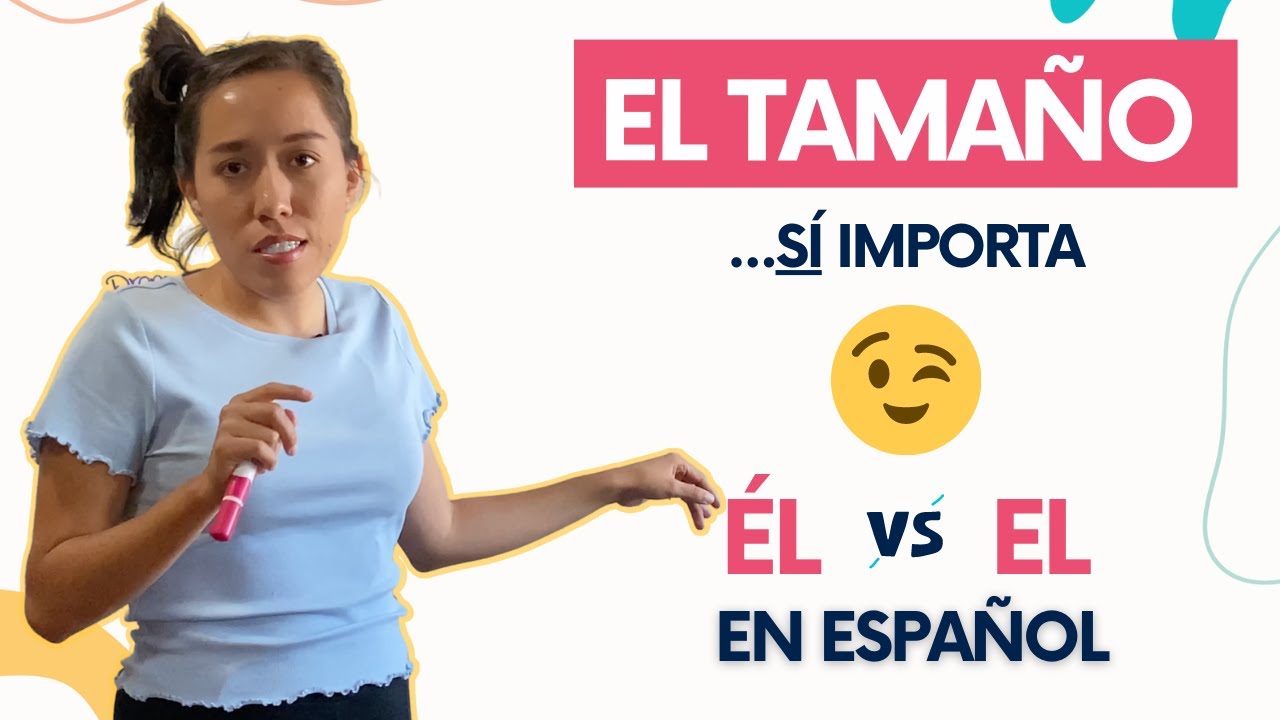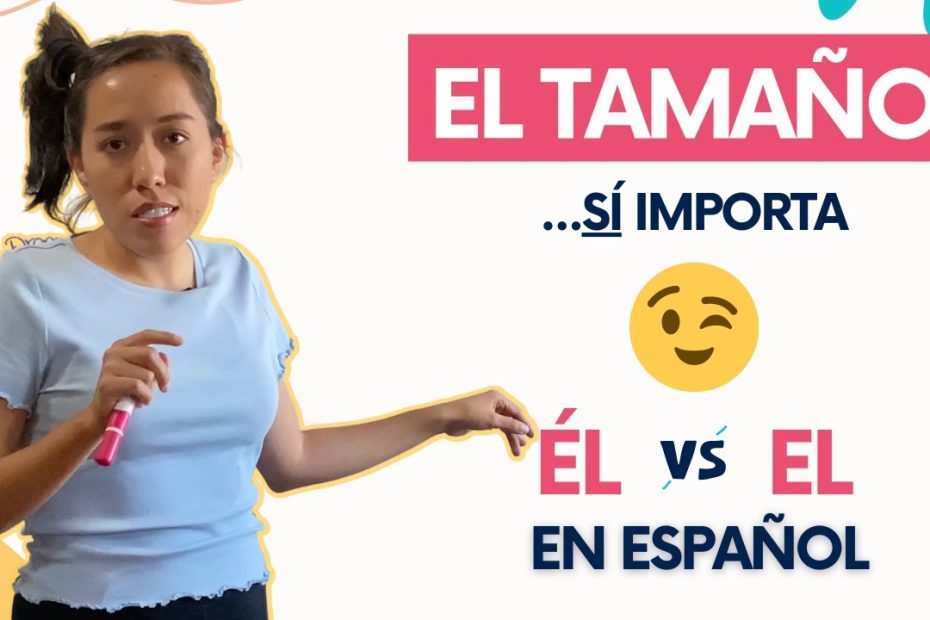Does El Mean Boy In Spanish? Exploring Language Nuances
Choose The Correct Gender In Spanish: El \U0026 La – All You Need To Know About Articles In Spanish
Keywords searched by users: Does El mean boy in Spanish what does la” mean in spanish, what does el” mean in spanish names, el in spanish with accent, what does ella mean in spanish, el meaning in french, what does el mean in school, what does los mean in spanish, what does las mean in spanish
What Is Meaning Of El In Spanish?
The term “el” in Spanish refers to the singular, masculine definite article, which translates to “the” in English. It is employed to specify masculine nouns. Conversely, “la” serves as the feminine counterpart for defining feminine nouns. This fundamental grammatical concept is essential for understanding gender agreement in the Spanish language. This information was last updated on February 7, 2021.
What Gender Is El In Spanish?
In Spanish, gender plays a significant role in the language, and understanding the gender of nouns is essential for proper communication. In Spanish, nouns are categorized as either masculine or feminine. To indicate these genders, definite articles are used. “El” is the masculine singular definite article, and it is used before masculine singular nouns, such as “ellos.” On the other hand, “las” is the feminine plural definite article, used before feminine plural nouns like “las.” Additionally, “lo” is used before masculine singular nouns that begin with “s” or “z,” while “del” is a contraction of “de el,” meaning “of the.” Lastly, “al” is a contraction of “a el,” meaning “to the.” Understanding these gender distinctions is fundamental to mastering the Spanish language and ensures accurate communication.
Does El Have Two Meanings In Spanish?
In Spanish, the word “él” can have two distinct meanings depending on its accentuation. When spelled without an accent mark, “el” is used as the definite article for masculine nouns, signifying “the” (for example, “el libro” translates to “the book”). On the other hand, when written with an accent mark, “él” denotes the pronoun “he” (as in “él está aquí” which means “he is here”). Similarly, the words “se” and “sé” also hold different meanings based on the presence of an accent. Without an accent, “se” is used reflexively, meaning “oneself” (e.g., “él se ducha” translates to “he showers himself”). Conversely, when spelled with an accent, “sé” signifies the first person singular form of the verb “saber,” meaning “I know” (for instance, “Yo sé la respuesta” means “I know the answer”). This distinction is important for understanding and correctly using these words in Spanish language communication. [Updated: September 2023]
Collect 32 Does El mean boy in Spanish




Categories: Found 95 Does El Mean Boy In Spanish
See more here: giungiun.com

Use el in front of masculine nouns. Use la in front of feminine nouns. We have a gender for every noun. The general rule is that if the noun ends in -o it is masculine and if it ends in -a it is feminine: el niño (the boy), la niña (the girl).El is the singular, masculine definite article, meaning “the,” in Spanish and is used to define masculine nouns, while la is the feminine version.él: el without an accent means “the” for masculine nouns (el libro “the book”), while él with an accent mark means “he” (él está aquí “he is here*) se vs. sé: se without an accent can mean “oneself” (él se ducha “He showers himself”), while sé with an accent means “I know” (Yo sé la respuesta “I know the answer”)
| Noun Gender | Singular | Plural |
|---|---|---|
| Masculine | el | los |
| Feminine | la | las |
Learn more about the topic Does El mean boy in Spanish.
- When to use la and el in front of a noun – Kwiziq Spanish
- Substituting ‘El’ for ‘La’ for Spanish Feminine Nouns – ThoughtCo
- Spanish Definite Articles: El, Las, Lo, Del, Al | Lingvist
- Spanish Accent Marks and 3 Ways to Use Them – Duolingo Blog
- What is the difference between “mas” and “más”? And “él” and “el”?
- When to use la and el in front of a noun – Kwiziq Spanish
See more: blog https://giungiun.com/category/world
